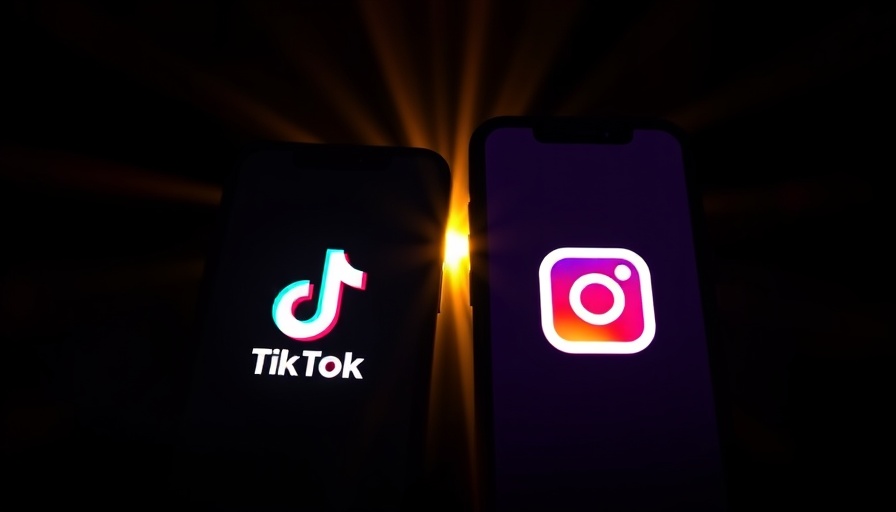
Understanding the Emotional Toll of LinkedIn
Many users approach LinkedIn with the hope of networking and discovering opportunities, yet they often leave feeling inadequate. This emotional toll is fueled by what has been termed "LinkedIn envy." Research suggests that social media usage can increase depression by 30% in young individuals, intensifying feelings of inadequacy. As users scroll through a stream of perfect achievements from their connections, it can turn their aspirations into comparisons, leaving them feeling less worthy.
The Algorithm at Play
The primary culprit behind these emotions isn't merely user perception, but rather LinkedIn's algorithm. The platform promotes problem-based content that draws significant engagement. Posts that present solutions, life hacks, or professional success often garner attention and likes, making users acutely aware of their perceived shortcomings. As a result, the scrolling experience transforms into a disheartening reflection of personal insecurities.
Breaking the Cycle: Engage Differently
To combat negative feelings about one's professional journey, it's essential to be proactive rather than passive on LinkedIn. Instead of just absorbing content that may evoke envy, users should consider contributing value themselves. By sharing personal insights, tips gathered from their experiences, and engaging authentically with others, they can shift the narrative.
Creating Your Unique Value
Think of what advice you might offer to your younger self. Utilizing this concept can be transformative. Not only does it position you as a thought leader, but it can also foster connections with like-minded individuals. Envision crafting posts that celebrate small wins or that highlight lessons learned from failures—content that others can draw inspiration from, rather than feel overshadowed by.
Fostering Your Network Positively
Networking should be about collaboration rather than competition. Seek to connect with individuals who stimulate growth, share knowledge, and are open about their challenges, enabling a more realistic representation of professional life. This approach can help create a supportive community where everyone celebrates successes—big and small—without inducing feelings of inadequacy.
The Future of LinkedIn Engagement
As LinkedIn evolves, shifting its user base to prioritize mental wellness and authentic engagement is crucial. Users must recognize that behind every polished post, there’s often a story of struggles and setbacks. Future interactions may focus more on shared experiences and cooperative success rather than isolated achievement.
Practical Tips for a Healthy LinkedIn Use
Here are a few actionable steps users can take to create a healthier relationship with LinkedIn:
- Limit Time Spent Scrolling: Create boundaries for how long you spend on the platform.
- Regularly Assess Your Feed: Unfollow accounts that contribute to negative feelings and seek those that inspire.
- Engage Authentically: Contribute to discussions, share insights, and support fellow users openly.
With these strategies, instead of feeling inferior, LinkedIn can become a platform for growth, connection, and authenticity.
 Add Row
Add Row  Add
Add 



Write A Comment